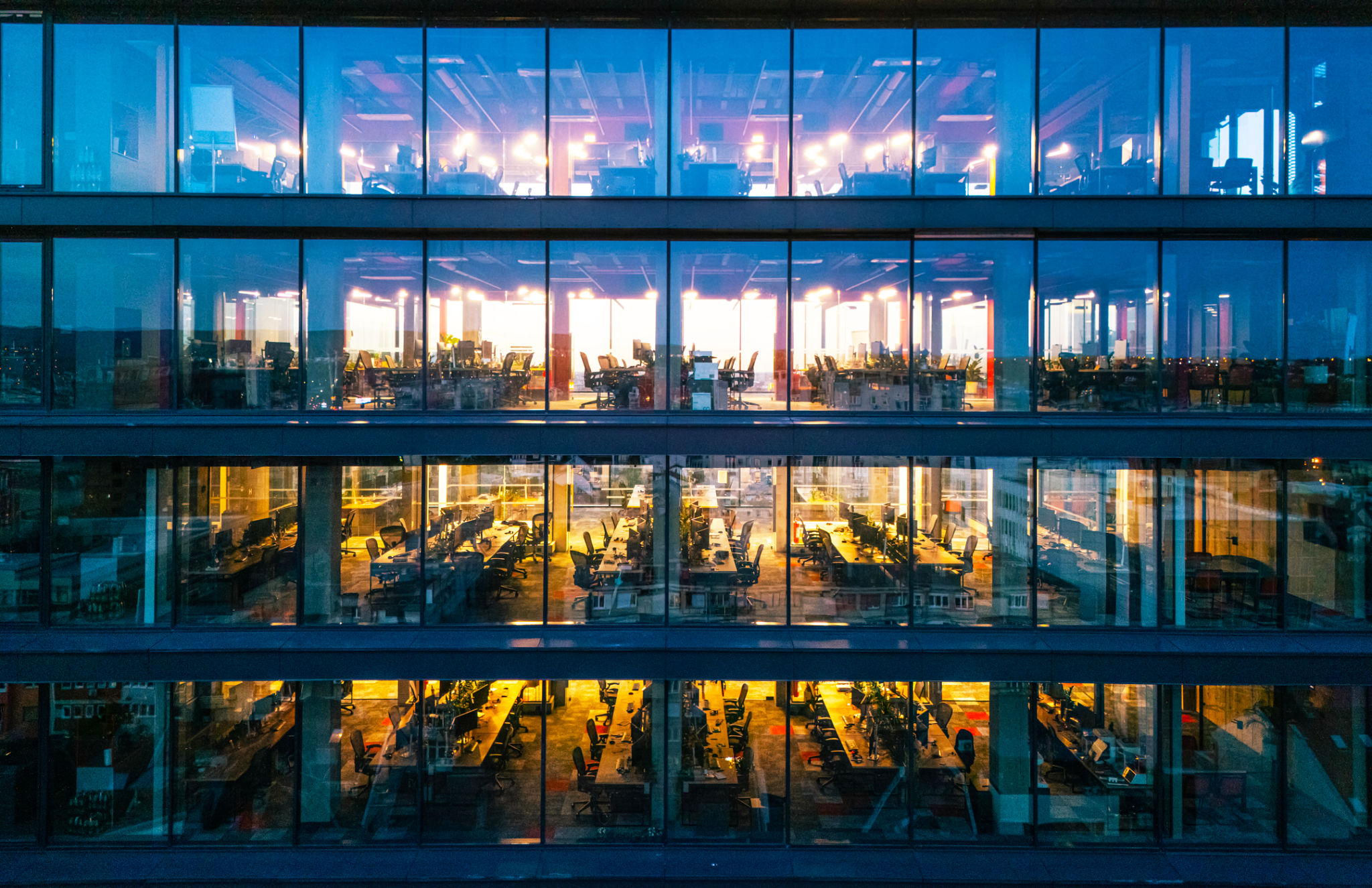Case Study: Successful Use of Structural Steel in Local Commercial Buildings
Introduction to Structural Steel in Commercial Buildings
Structural steel has become a cornerstone in modern commercial building design due to its versatility, strength, and sustainability. This case study explores the successful integration of structural steel in various local commercial projects, highlighting the benefits and innovative applications that have set new standards in construction.

The Advantages of Using Structural Steel
Commercial buildings today demand materials that offer durability and flexibility. Structural steel meets these requirements with its high strength-to-weight ratio, allowing architects to design expansive spaces without compromising structural integrity. Additionally, steel is recyclable, making it an environmentally friendly option for sustainable construction practices.
Moreover, the use of structural steel reduces construction time significantly. Prefabricated steel components can be quickly assembled on site, minimizing delays caused by weather conditions or other unforeseen factors. This efficiency translates into cost savings for developers and investors.
Case Study: Innovative Steel Design in Action
One local project that exemplifies the innovative use of structural steel is the newly completed downtown shopping center. The architects employed a unique open-floor concept that required long spans without intermediate supports. Structural steel was the ideal choice, offering the necessary tensile strength to execute such a bold design.

The shopping center’s design incorporates large glass facades, which enhance natural lighting and create an inviting atmosphere. Steel framing supports these glass panels seamlessly, blending practicality with aesthetic appeal. The result is a visually stunning structure that attracts both tenants and visitors alike.
Structural Steel's Role in Sustainability
Sustainability is a driving force in modern construction, and structural steel plays a significant role in achieving green building certifications. Steel's recyclability ensures minimal waste, while its durability contributes to long-lasting structures that require less maintenance over time.
In addition to its inherent sustainable properties, structural steel buildings are often designed with energy efficiency in mind. Features such as reflective roofing and insulated panels can be easily integrated into steel structures, further reducing energy consumption and operating costs.

Challenges and Solutions
Despite its many advantages, using structural steel in commercial buildings can present challenges. For instance, the initial cost of steel may be higher than other materials. However, when considering the long-term benefits such as reduced construction time and lower maintenance costs, the investment proves worthwhile.
Another challenge is ensuring proper fireproofing, as steel can lose strength at high temperatures. This issue is addressed by applying fire-resistant coatings or encasing steel components in protective materials, ensuring safety without compromising design integrity.
Conclusion: A Strong Future for Structural Steel
The successful use of structural steel in local commercial buildings demonstrates its potential to revolutionize modern architecture. By offering unparalleled strength, design flexibility, and sustainability, structural steel stands as a key material for future developments. As more projects adopt this approach, we can expect to see even more innovative designs that push the boundaries of what's possible in commercial construction.